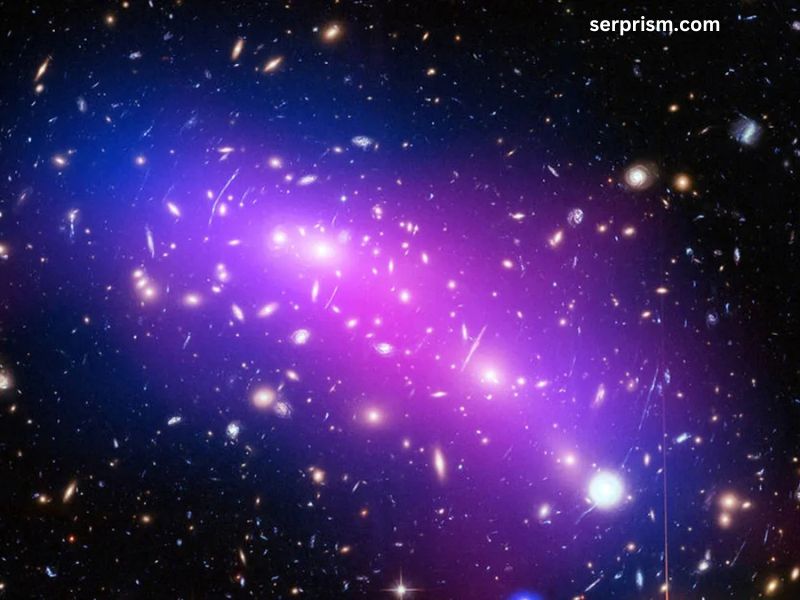
In the vast tapestry of modern mythology, few narratives resonate as powerfully as “Star Wars.” The phrase “A long time ago in a galaxy far, far away” instantly evokes a sense of wonder and adventure, setting the stage for a saga that has captured the hearts and imaginations of millions since its inception. This article delves into the origins, themes, cultural impact, and enduring legacy of the Star Wars universe, exploring how it has shaped popular culture and storytelling.
The Genesis of Star Wars
The brainchild of filmmaker George Lucas, Star Wars began as a simple yet ambitious vision. Inspired by a variety of influences—including classic cinema, mythology, and the works of authors like Joseph Campbell—Lucas crafted a narrative that would blend elements of fantasy, science fiction, and timeless archetypes. The first film, later subtitled “Episode IV: A New Hope,” was released in 1977 and revolutionized the film industry.
With its groundbreaking special effects, imaginative world-building, and a rich tapestry of characters, the film became a cultural phenomenon. Its success paved the way for sequels, prequels, spin-offs, and an expansive universe that includes animated series, novels, comics, and video games. The iconic characters like Luke Skywalker, Princess Leia, Han Solo, and Darth Vader have become synonymous with the franchise, each embodying complex themes of heroism, redemption, and the eternal struggle between good and evil.
Themes and Archetypes
At its core, Star Wars explores timeless themes that resonate with audiences across generations. The hero’s journey, as outlined by Joseph Campbell in “The Hero with a Thousand Faces,” is central to the narrative. Luke Skywalker’s transformation from a humble moisture farmer on Tatooine to a powerful Jedi Knight exemplifies this archetypal journey.
The struggle between the light side and the dark side of the Force serves as a metaphor for the moral complexities of human nature. Characters like Anakin Skywalker illustrate the fallibility of individuals and the potential for redemption, while others, like Emperor Palpatine, embody pure malevolence. This duality adds depth to the story, allowing for exploration of themes such as sacrifice, loyalty, and the consequences of power.
The importance of family is another recurring theme in the saga. The relationships between characters—whether it’s the bond between Luke and Leia, the father-son dynamic of Anakin and Luke, or the surrogate family formed by the Rebel Alliance—highlight the significance of connection and love in the face of adversity.
Cultural Impact
Star Wars has had an unparalleled influence on popular culture, reshaping the landscape of film and entertainment. It introduced groundbreaking visual effects and sound design techniques that have become standard in the industry. The innovative use of models, miniatures, and digital effects in subsequent films set a new benchmark for filmmaking.
The franchise has spawned a vast merchandising empire, from action figures and LEGO sets to clothing and collectibles. This commercial success has not only contributed to the economy but also solidified Star Wars as a permanent fixture in the cultural zeitgeist.
Moreover, the iconic score by composer John Williams has become instantly recognizable, enhancing the emotional resonance of the story. The music, with its powerful themes and motifs, elevates key moments, ensuring that the saga’s emotional core remains impactful.
Star Wars has also sparked academic interest, leading to analyses of its narrative structure, themes, and cultural significance. Scholars explore its reflection of contemporary issues, such as politics, war, and identity. The saga has been examined through lenses of feminism, post-colonialism, and psychoanalysis, revealing layers of meaning that enrich the viewer’s experience.
Expanding the Universe
The expansion of the Star Wars universe has allowed for new storytelling possibilities. The original trilogy paved the way for the prequels, which delve into the rise of the Empire and the fall of Anakin Skywalker. While they received mixed reviews, the prequels introduced new generations to the franchise and expanded the lore with elements like the Jedi Order’s history and the Sith’s machinations.
The sequel trilogy, beginning with “The Force Awakens” in 2015, sought to bridge the gap between the old and new characters, presenting a fresh narrative while paying homage to the original saga. New characters like Rey, Finn, and Kylo Ren added new dynamics, exploring themes of legacy and identity in a changing galaxy.
In addition to the main films, the universe has expanded through animated series like “Star Wars: The Clone Wars” and “Star Wars Rebels,” as well as live-action series such as “The Mandalorian” and “Obi-Wan Kenobi.” These projects have introduced new characters and stories, enriching the lore and offering deeper insights into beloved figures from the films.
Fan Culture and Community
One of the most remarkable aspects of Star Wars is its passionate fanbase. Conventions like Star Wars Celebration bring fans together to celebrate their love for the franchise, featuring panels, merchandise, and cosplay. The fandom is characterized by its creativity, as fans create art, fan fiction, and even short films, further expanding the universe in their own ways.
Social media has also transformed fan engagement, allowing fans to share their thoughts, theories, and creative works on platforms like Twitter, Instagram, and TikTok. The discourse surrounding the franchise is vibrant and varied, with fans discussing everything from character arcs to socio-political implications within the story.
However, this passion has not come without challenges. Debates over the direction of the franchise, representation, and the treatment of beloved characters have sparked significant discourse, reflecting broader societal conversations. These discussions highlight the deep emotional connections fans have with the saga, illustrating its power to inspire both joy and conflict.
The Legacy of Star Wars
As we look to the future, the legacy of Star Wars continues to unfold. With new films, series, and projects in development, the saga remains a cornerstone of modern storytelling. Its influence extends beyond cinema, permeating literature, art, and even politics. The phrase “The Force” has become a metaphor for resilience and hope, used in various contexts to inspire and unite.
Star Wars has also served as a platform for discussions about representation and inclusivity. The introduction of diverse characters and stories in recent years reflects a growing awareness of the need for varied voices in storytelling. This evolution indicates a commitment to keeping the saga relevant and resonant for new audiences.
Conclusion
“A long time ago in a galaxy far, far away” is more than just a narrative setting; it encapsulates a timeless journey that continues to resonate with audiences around the globe. Through its exploration of profound themes, groundbreaking storytelling, and a passionate fan community, Star Wars has established itself as a cultural phenomenon that transcends generations.
As the galaxy expands and new stories unfold, the spirit of adventure, hope, and the eternal struggle between light and darkness remains at the heart of this beloved saga. In a world often fraught with challenges, Star Wars reminds us of the power of courage, friendship, and the belief that good can triumph over evil—an enduring message that will echo throughout the ages.




